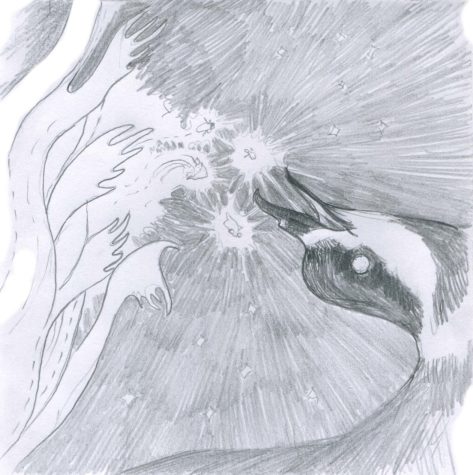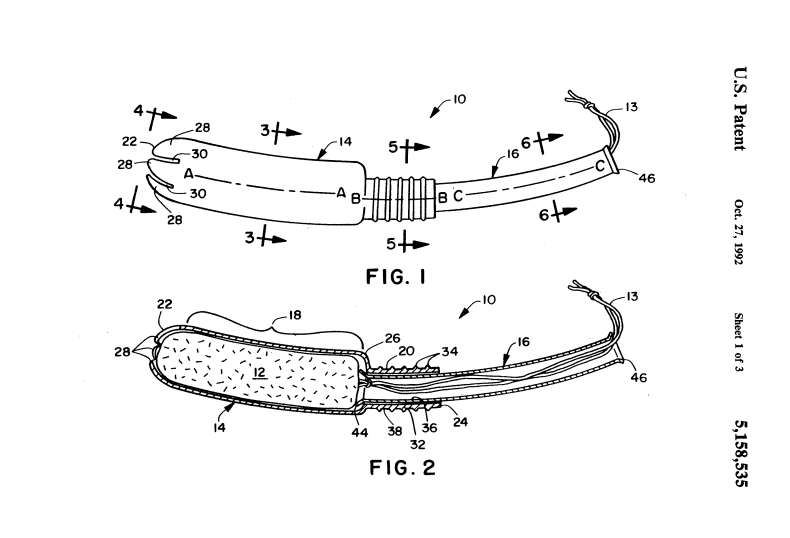Yesterday the Royal Swedish Academy announced that the 2017 Nobel Prize in Physics would recognize the discovery of gravitational waves; the recipients would be Barry Barish, Kip Thorne, and Rainer Weiss, three of the visionaries who shepherded the Laser Interferometer Gravitational-Wave Observatory (LIGO) through four decades of technological and bureaucratic innovations. (Another founder of the project, Ronald Drever, died earlier this year and was therefore ineligible for the Prize.) LWON has twice published essays based on discussions with the new Nobel laureates. The first, in December 2014, explained the physics behind the black hole in Interstellar, a movie that Thorne helped conceive and produce. The second post, republished below, addresses the LIGO experiment itself; the post originally appeared in June 2016.
 A few weeks ago I was talking to one of the founders of the Laser Interferometer Gravitational-Wave Observatory (LIGO), the collaboration that last September made the first detection of gravitational waves. Even if you’re not science-savvy, you will almost certainly recall the worldwide breathless news coverage following the February announcement of that detection. Now Rainer Weiss, MIT professor emeritus, had further news. He told me that the LIGO collaboration would soon announce another detection of a gravitational-wave-producing event.
A few weeks ago I was talking to one of the founders of the Laser Interferometer Gravitational-Wave Observatory (LIGO), the collaboration that last September made the first detection of gravitational waves. Even if you’re not science-savvy, you will almost certainly recall the worldwide breathless news coverage following the February announcement of that detection. Now Rainer Weiss, MIT professor emeritus, had further news. He told me that the LIGO collaboration would soon announce another detection of a gravitational-wave-producing event.
Exciting!
For now.





 Creature of salt
Creature of salt
